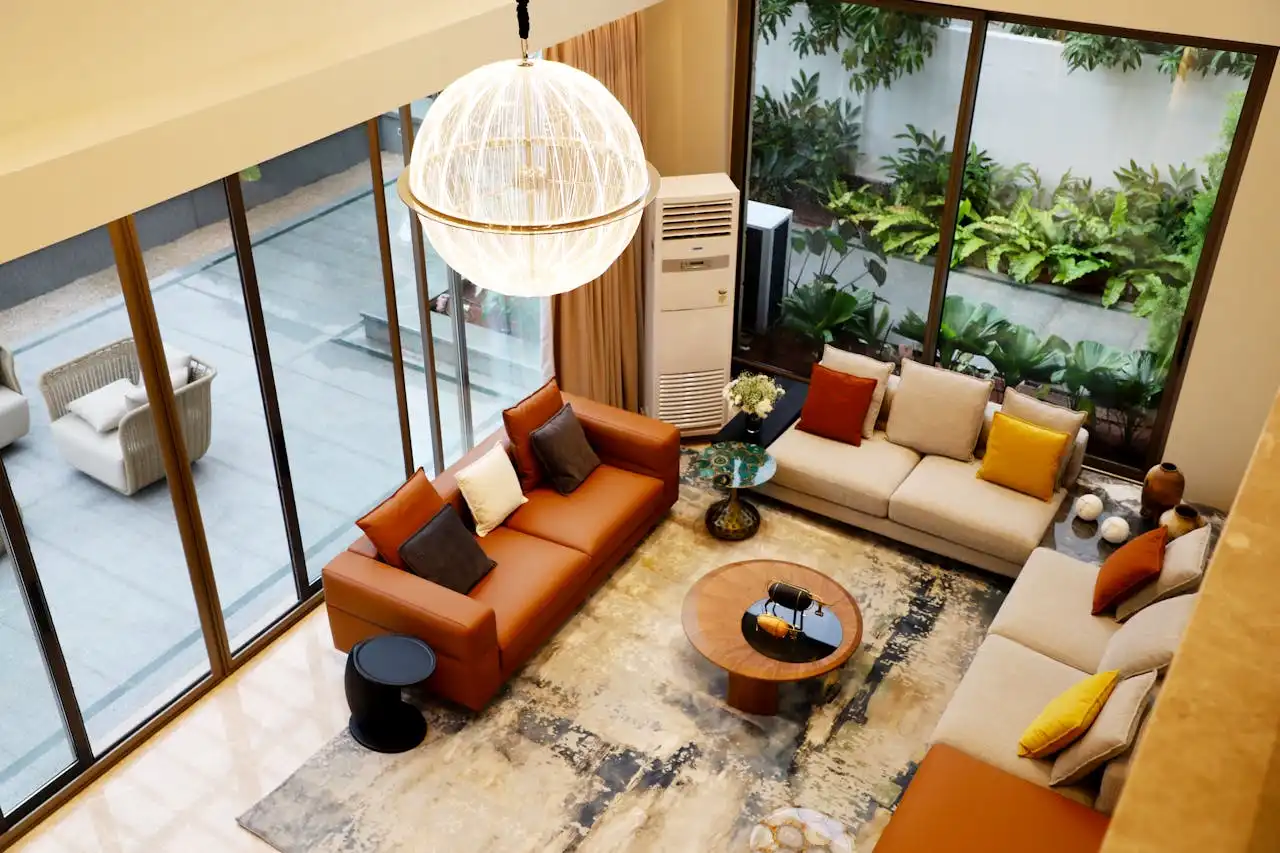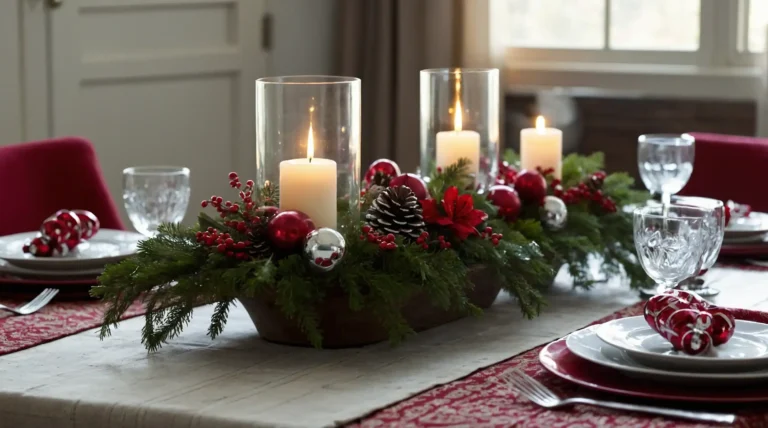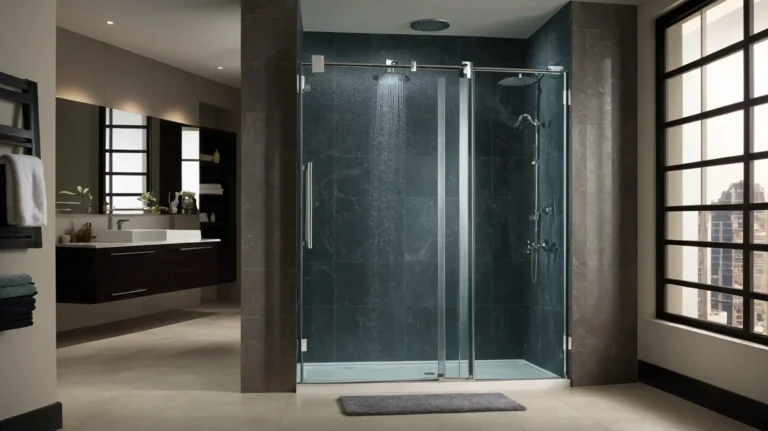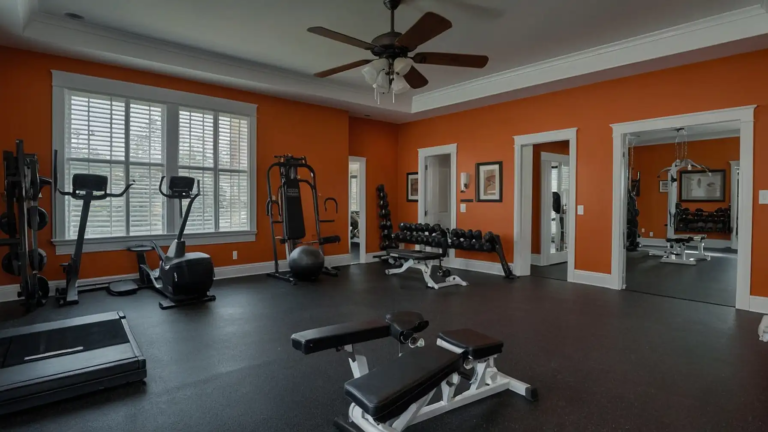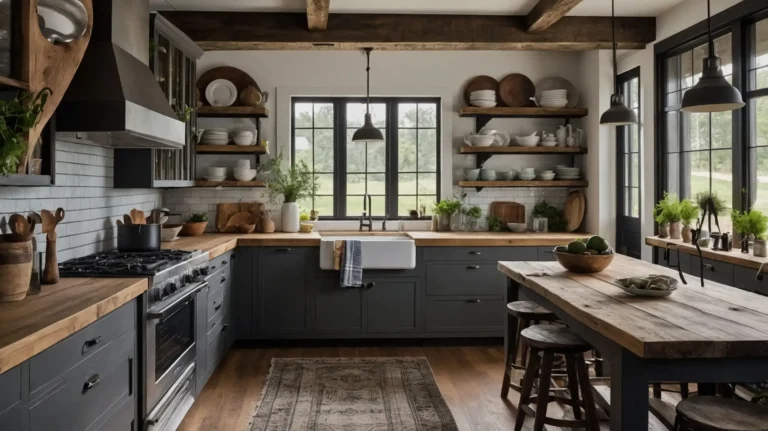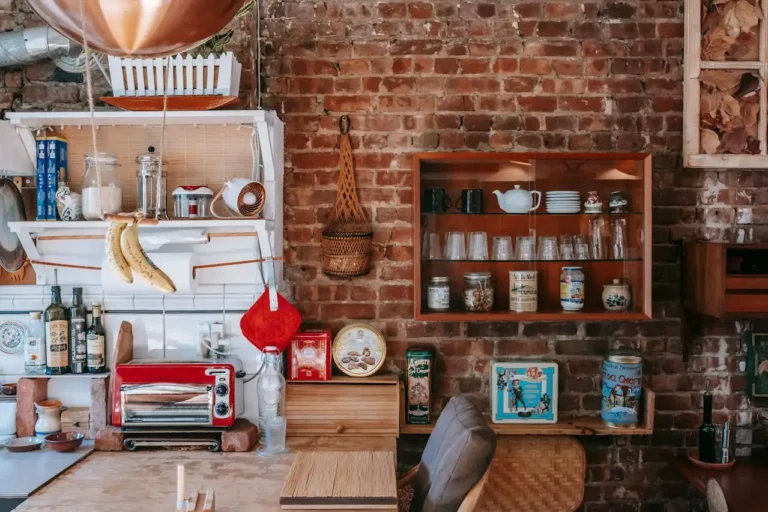Layering 101: How to Style Rugs, Throws, and Pillows Like a Pro
Transforming your space from basic to breathtaking doesn’t require expensive renovations or designer fees.
You can achieve that coveted layered look by mastering the art of styling rugs, throws, and pillows.
These three elements work together to create depth, texture, and visual interest that makes any room feel professionally designed and inviting.
Master the Foundation: Rug Layering Techniques
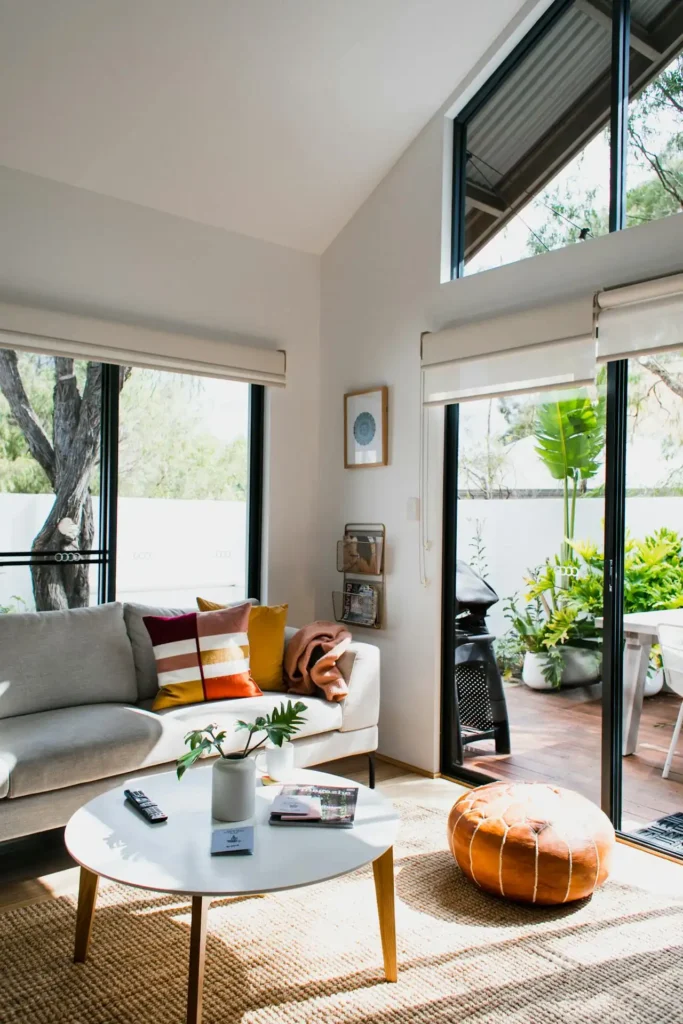
You’ll want to start with your largest rug as the foundation. This base layer should anchor your seating area and define the space boundaries.
Choose a neutral or subtle pattern that won’t compete with your layered pieces. Next, add a smaller accent rug on top.
Position it strategically under key furniture pieces like your coffee table or in front of your sofa.
This top layer should contrast with your base rug in either texture, pattern, or color intensity.
The key to successful rug layering lies in proportion and placement. Your top rug should cover approximately one-third to half of your base rug.
This creates visual balance without overwhelming the space. Don’t be afraid to experiment with different textures and materials.
Try pairing a jute or sisal base with a plush Persian-style runner, or combine a flat-weave foundation with a high-pile accent piece.
Create Cozy Corners with Strategic Throw Placement
Throws serve dual purposes in your layered design scheme. They provide practical warmth while adding essential texture and color to your space.
You can drape them casually over furniture or fold them neatly for a more structured look.
For sofas, try the casual drape method. Toss your throw over one arm and let it cascade naturally down the side.
This approach works especially well with chunky knit or faux fur throws that have interesting textures.
Alternatively, fold your throw into thirds lengthwise and drape it over the sofa back. Don’t limit throws to seating areas.
This technique works perfectly for lightweight materials like cotton or linen and creates clean, intentional lines.
You can layer them at the foot of your bed, over the back of dining chairs, or even in a decorative basket beside your fireplace for easy access during chilly evenings.
Perfect Your Pillow Arrangement Game
Pillow styling might seem straightforward, but strategic placement makes the difference between amateur and professional results.
Start with your largest pillows as back support, then layer smaller sizes in front. Mix different sizes, but maintain some consistency in your color palette or theme.
The magic number for sofa pillows typically ranges from three to five pieces. Odd numbers create more dynamic visual interest than even groupings.
Try the classic arrangement: two large pillows in back corners, one medium pillow in the center, and two smaller accent pillows in front.
This combination provides both comfort and visual appeal. For bed styling, layer your pillows from largest to smallest.
Place your sleeping pillows in back, add decorative euro shams, then finish with smaller accent pillows or a lumbar pillow in front.
Color Coordination That Actually Works
You don’t need to match everything perfectly to achieve a cohesive look. Instead, choose a color story with three to four complementary hues that repeat throughout your layered elements.
Use the 60-30-10 rule as your guide. Your dominant color should appear in about 60% of your accessories, your secondary color in 30%, and your accent color in the remaining 10%.
This creates balance without monotony. Neutral bases work wonderfully for this approach.
Consider the existing colors in your room when selecting your layered pieces. Pull accent colors from artwork, curtains, or other permanent fixtures to create a unified design scheme.
If your rugs and larger throws use neutral tones, you can introduce bolder colors through smaller pillows and accent throws that you can easily swap seasonally.
Texture Mixing for Visual Depth

Combining different textures creates the sophisticated layered look you’re after. Mix smooth and rough, shiny and matte, or soft and structured materials within your groupings.
Pair smooth leather or silk pillows with chunky knit throws. Combine sleek metal accents with natural fiber rugs.
These contrasts create visual interest and prevent your design from feeling flat or one-dimensional.
Consider the practical aspects of texture mixing too. Place softer, more comfortable textures where people will actually touch them, and save purely decorative textures for visual impact areas.
Don’t forget about seasonal texture swaps. Lighter linens and cottons work beautifully in warmer months, while heavier wools, faux furs, and velvets add cozy warmth during colder seasons.
Avoid These Common Layering Mistakes
Many people make the mistake of choosing pieces that are too similar in size, color, or texture.
This creates a monotonous look instead of the dynamic visual interest you want to achieve.
Another frequent error involves improper scale relationships. Your layered elements should relate to each other and your furniture proportionally.
Tiny pillows on oversized sectionals look lost, while enormous rugs in small spaces feel overwhelming.
Don’t neglect the importance of negative space. Your room needs breathing room between layered elements.
Cramming too many accessories into one area creates clutter rather than intentional design.
Avoid matchy-matchy syndrome by varying at least one element between your pieces.
If your rugs share similar colors, vary the patterns. If your throws match in texture, introduce different colors or patterns.
Professional Styling Secrets Revealed
Interior designers often use the “triangle rule” when arranging accessories. Create visual triangles by placing similar elements at three points around your room.
This technique naturally draws the eye around the space. Layer your lighting along with your textiles.
Table lamps, floor lamps, and candles at different heights create the same layered effect as your physical accessories while enhancing the overall ambiance.
Professional stylists also understand the power of editing. Consider the view from multiple angles when arranging your layered elements.
Start with more pieces than you think you need, then remove elements until you achieve the perfect balance. Sometimes less truly is more.
Your design should look intentional from your main seating areas as well as from room entrances.
Seasonal Layering Strategies
You can refresh your space throughout the year by swapping certain layered elements while keeping your foundational pieces constant.
This approach maximizes your decorating budget while keeping your home feeling current.
Store lightweight summer throws and bright pillows during winter months, replacing them with heavier textures and richer colors. Reverse this process when warmer weather returns.
Holiday-specific elements can temporarily join your regular rotation. Add festive pillows or themed throws during special seasons, then return to your standard pieces afterward.
Consider creating a small storage system for your off-season accessories. Clear bins labeled by season make it easy to rotate your collection and keep everything organized.
Room-Specific Layering Applications
Living rooms offer the most opportunities for layering, but don’t overlook other spaces. Bedrooms benefit from layered throws at the foot of the bed and varying pillow arrangements.
Dining rooms can incorporate layered elements through chair cushions, table runners, and strategically placed throws on buffets or sideboards.
Even bathrooms can benefit from small-scale layering. Coordinated towels, bath mats, and small decorative pillows on vanity stools create a spa-like atmosphere.
Outdoor spaces deserve layered attention too. These additions soften hard surfaces and add warmth to formal spaces.
Weather-resistant rugs, outdoor pillows, and appropriate throws can transform patios and porches into comfortable extensions of your indoor living areas.
Budget-Friendly Layering Tips
You don’t need to purchase everything at once to achieve the layered look. Start with one category and gradually build your collection over time.
This approach also allows you to live with your choices and make adjustments as needed. Focus on classic patterns and neutral colors that will work with multiple combinations.
Shop your own home first. You might already own pieces that work well together once you view them with fresh eyes.
Sometimes moving accessories between rooms creates new combinations you hadn’t considered.
Thrift stores, discount retailers, and online marketplaces offer excellent sources for layering pieces.
Consider making some elements yourself. Simple pillow covers are easy sewing projects, and you can often find beautiful fabrics at significant savings compared to ready-made options.
Maintenance and Care Considerations

Choose your layered elements based on your lifestyle and maintenance preferences.
High-traffic areas need durable, washable options, while display areas can accommodate more delicate materials.
Establish a regular rotation schedule to prevent uneven wear on your pieces. This practice also keeps your design feeling fresh and intentional rather than stagnant.
Invest in proper storage solutions for your rotating accessories. Clean, dry storage prevents damage and extends the life of your layered elements.
Consider professional cleaning for investment pieces like Persian rugs or silk pillows. Proper care maintains their appearance and protects your decorating investment.
Conclusion
Master these layering fundamentals and you’ll transform any space into a professionally styled haven that reflects your personal taste while maintaining comfort and functionality.

